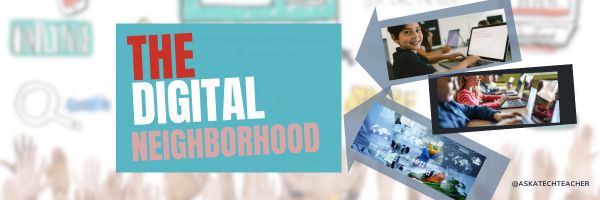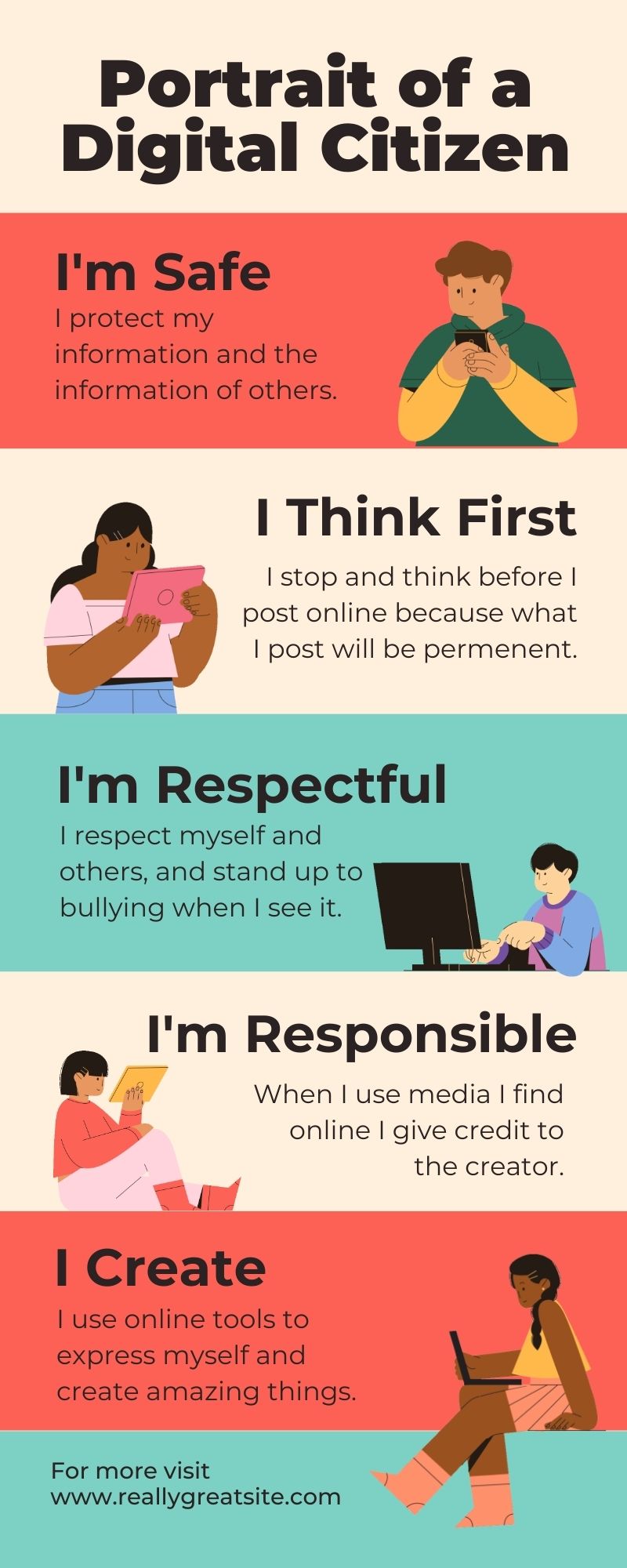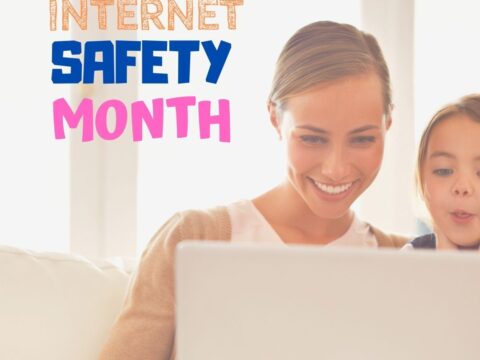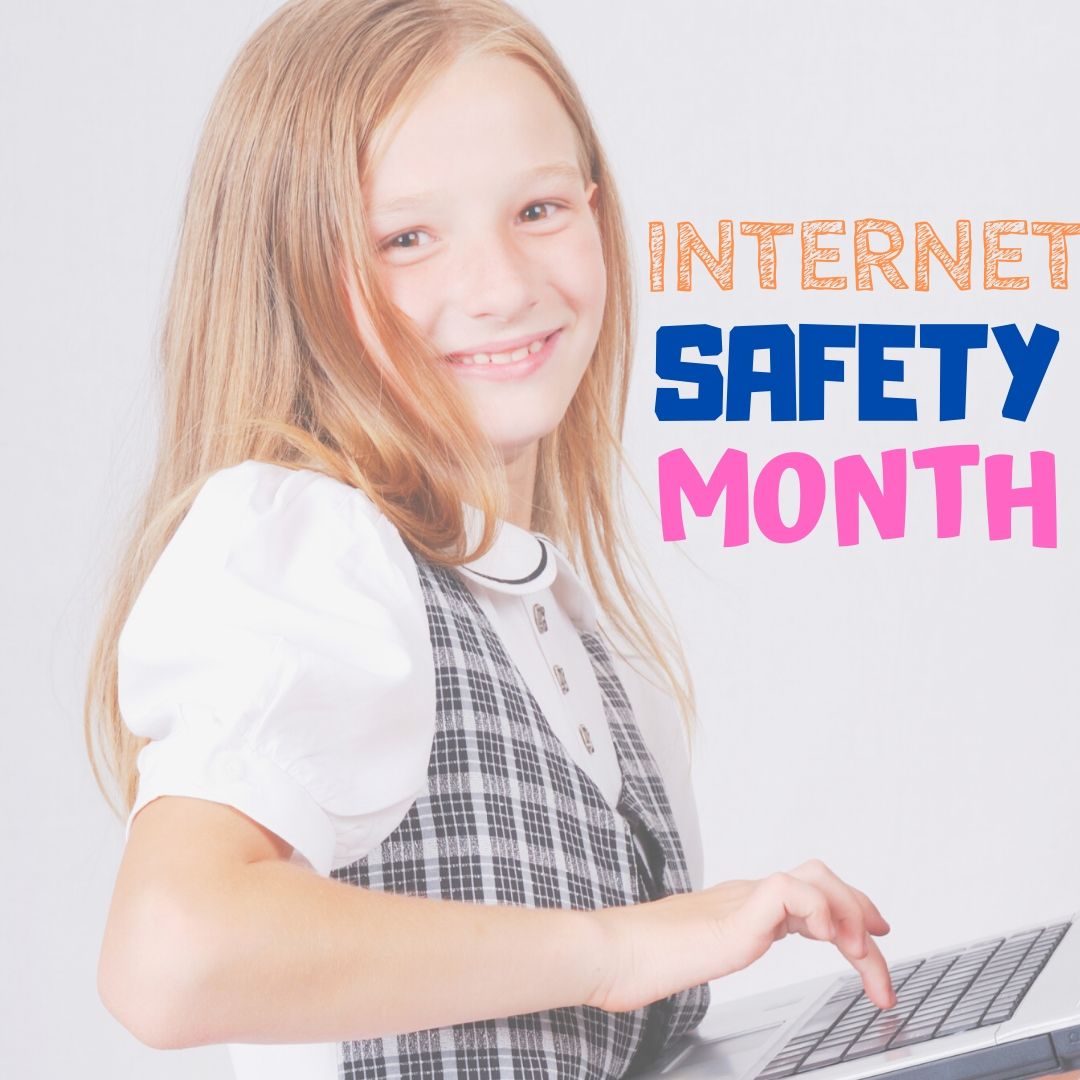Education has changed. Teachers no longer lecture from a dais with student learning contained within the schoolhouse walls. Thanks to the pervasiveness of easy-to-use and free web-based tools, most teachers have one or more computers in the classroom with internet access. Because of this, educators have come to expect students to participate actively in the learning process and transfer their knowledge from the classroom to life. For example, when preparing a project, a fifth grader will do the research using the internet, collaborate with classmates on Google, write the report with a web-based tool, share it using digital tools, and then use those learned skills in other classes.
Students have become digital citizens. The question is: How do they thrive in the digital world?
Understand ‘Digital Citizenship’
Current best practices say don’t hide students from the digital world. They already visit web-based edutainment sites as early as preschool, use ‘Instagram’ and multi-player XBox games in elementary school, and have made text messaging and Facebook their communication of choice by Middle School. When my 7th graders sold me on the educational value of Minecraft (an online simulation that teaches geology, minerals, problem solving) at recess, I polled 4th graders to see who used it. One in four did! When I allowed these youngers to play it during lunch, my twenty-four stations in my lab were full where usually I get about ten students.
But before we open the floodgates to the fascinating world that is the internet, students must understand what it means to thrive as a citizen of that community. I start kindergartners the first month of school, before I let them visit mesmerizing educational sites like Starfall by explaining that thriving in the digital neighborhood requires the same safeguards as staying safe in their home town:
As students get older, they learn netiquette, not to plagiarize the work of others, how to recognize scams, not to be a cyber-bully, and strategies for avoiding virtual ‘bad guys’ as well as the concept of a ‘digital footprint’. This is an individual’s online reputation. Children, as new digital citizens, think they can say/do anything anonymously and with impunity. They don’t realize that every step they take across the internet landscape is tracked and never forgotten. Comments made in high school, pictures posted in college, funny videos taken out of context—all are available for future employers to view.
Why does it matter?
Looking up data in an encyclopedia, using themed books in the classroom library, listening to content distilled by the teacher has always worked. American industry thrives on workers educated in just this manner.
So why change?
Because the world changed. Teachers who continue to grasp at what always worked in the past are passed up by not only colleagues but their students who learn to use new literacies. Those who embrace it find the opportunity to differentiate instruction. No longer do we need to teach to the middle student in the class—or, disastrously, to the slowest. Now, a framework for the unit can be established by the teacher, digital resources shared, and students can work to their level with assessment based on authentic achievements rather than a subjective line in the pedagogical sand that defines ‘grade-level expectations’. Proof of learning is the transfer of knowledge to other classes, other problems, family needs.
Requiring students to be risk-takers in their learning, inquiry-driven in their results, and authentic in their achievements is the new paradigm in educational success. All of these factors can be summed up in one strategy: Learn to thrive as a digital citizen. The best news is, it’s sustainable. The skills used in yesterday’s physical world transfer to today’s digital world.
For more, click K-8 Digital Citizenship Curriculum. 70 pages with how to teach everything, including over 40 projects.
Here’s the sign-up link if the image above doesn’t work:
https://forms.aweber.com/form/07/1910174607.htm
“The content presented in this blog are the result of creative imagination and not intended for use, reproduction, or incorporation into any artificial intelligence training or machine learning systems without prior written consent from the author.”
Jacqui Murray has been teaching K-18 technology for 30 years. She is the editor/author of over a hundred tech ed resources including a K-12 technology curriculum, K-8 keyboard curriculum, K-8 Digital Citizenship curriculum. She is an adjunct professor in tech ed, Master Teacher, webmaster for four blogs, CSTA presentation reviewer, freelance journalist on tech ed topics, contributor to NEA Today, and author of the tech thrillers, To Hunt a Sub and Twenty-four Days. You can find her resources at Structured Learning.










































Netiquette is certainly important. I’ve noticed that kids and young adults are much better than my generation at recognizing scams and fake information. However, they plagiarize and steal photos from others without attribution a lot. They seem to think that if it is on internet it belongs to everybody.
You are so right about the latter. Something wasn’t explained to them. I suppose it will take the school of hard knocks to get them sued for stealing creator’s intellectual property.